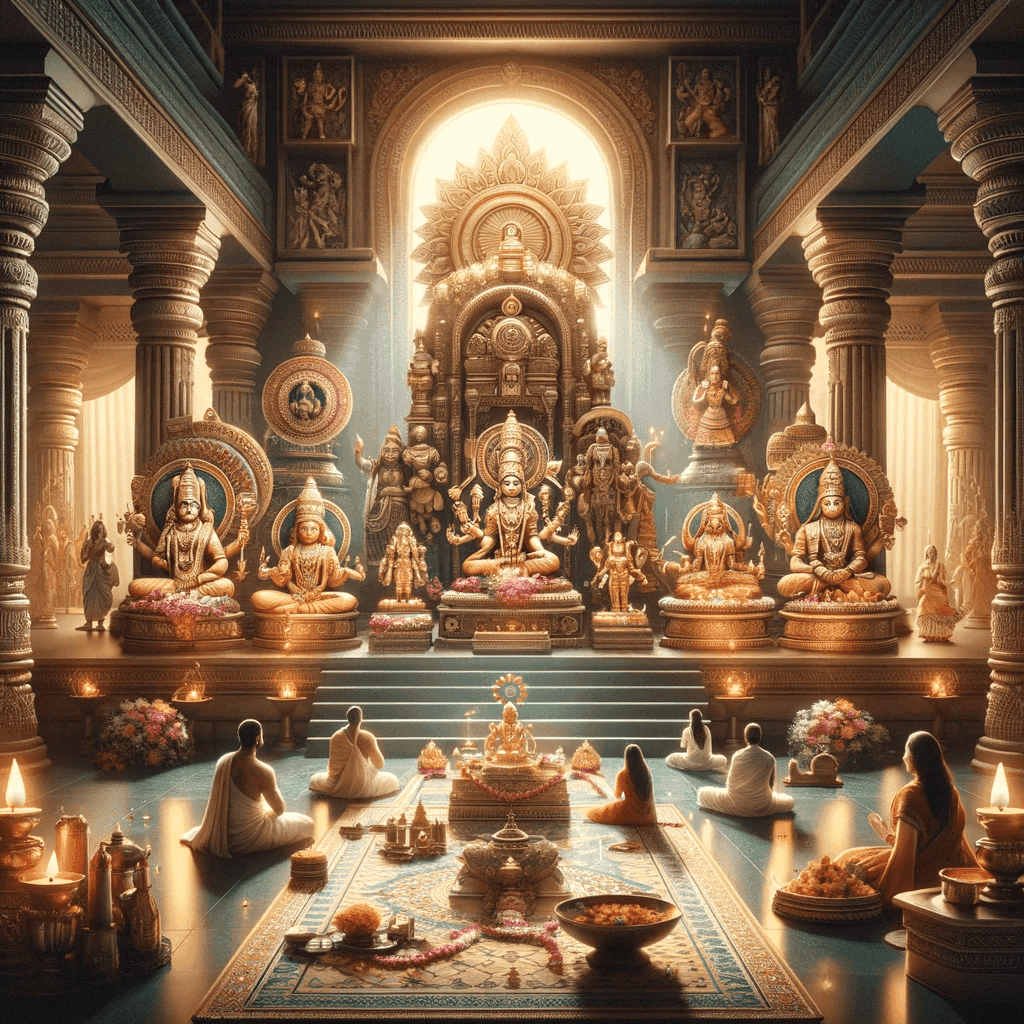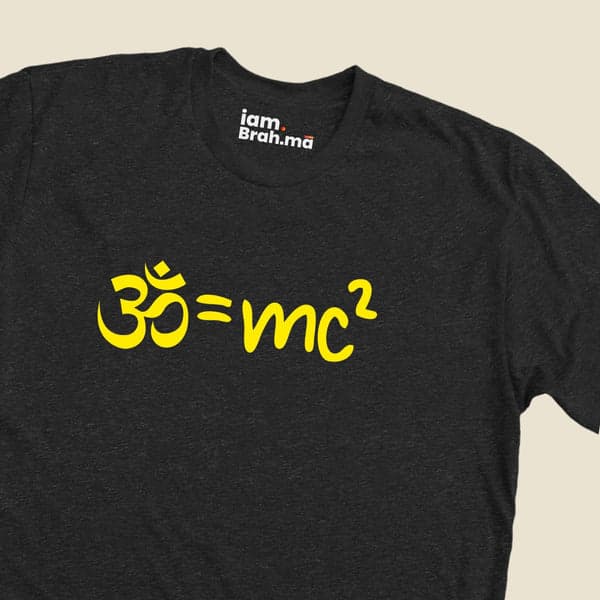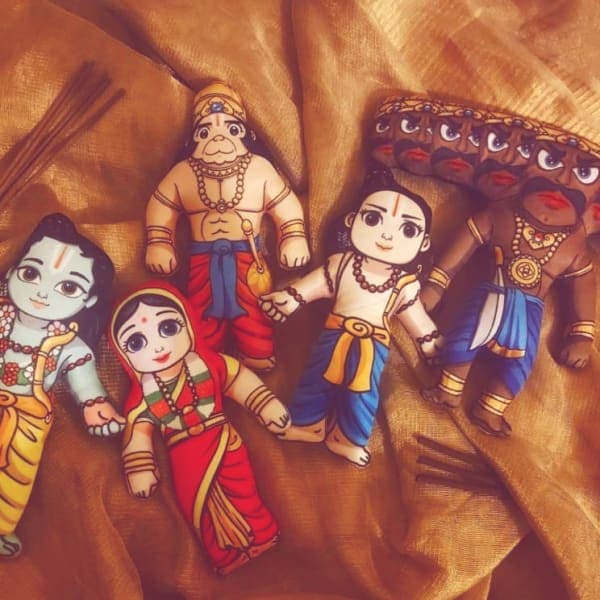Demystifying Idol Worship in Sanatan Dharma
Sanatan Dharma, often misinterpreted in its practices and philosophies, holds deep spiritual significance, especially in the context of idol worship. This article aims to clarify the myth surrounding idol worship in Sanatan Dharma, offering insights into its symbolic and spiritual relevance.
Myths/Truths & other details

Myth: Sanatan Dharma Promotes Idol Worship
Truth: Sanatan Dharma uses iconic representations symbolically to facilitate a deeper connection with the divine. The practice involves various forms of worship, meditation, and introspection, transcending the simplistic notion of idol worship.
Understanding Idol Worship in Sanatan Dharma
Idol worship in Sanatan Dharma, known as Murti Puja, is a profound practice that involves using idols as symbolic representations to focus and deepen one's spiritual journey.
Symbolic Representation: Idols or Murtis are not worshipped as mere physical objects but as symbolic representations of the divine. They serve as focal points for meditation and prayer, helping devotees visualize and internalize divine attributes.
Facilitating Connection: The rituals and offerings made to idols are expressions of devotion, aiming to establish a deeper spiritual connection. These practices help in focusing the mind and cultivating a sense of reverence and closeness to the divine.
Philosophical Significance: The use of idols aligns with the philosophical teachings of Sanatan Dharma, where the divine is perceived as both formless and capable of manifesting in various forms. This duality allows for a more inclusive and personal approach to spirituality.
Idol worship in Sanatan Dharma is a nuanced practice that goes beyond mere physical reverence. It is a path toward spiritual enlightenment, emphasizing personal connection, introspection, and the visualization of the divine in various forms.
...




